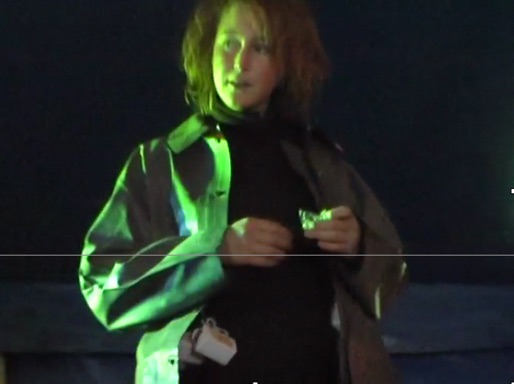Technical Paradise by Ton Matton
Currently, questions arising from growing ecological problems are widely commented upon and criticised within architectural circles. Ever more artists, architects, planners and designers are attempting to define a position on the ecological and social complications of the contemporary city. As these matters are discussed, they become part of the broader context of problems within contemporary architecture which relate to such seemingly threadbare and yet very current concepts as mobility, identity, and globalisation.
This tendency also provides a home for the works of the German artist Ton Matton. He is an artist who consistently provokes discussion on the condition of the city and the role of the architect and artist as one who works with its substance. Matton shows that the border between architecture and art is fluid. The artist designs installations and small designer objects in which he implements the concept of planning ecological cities. Last year, he published a book entitled ‘Surviving the Suburb’, in which he investigates the possibility of a ‘semi-autarkic’ lifestyle in the suburbs.
One of Matton’s recent projects is ‘Technical Paradise’, which was part of the 'Updating Germany' collective exhibition at the 11thArchitecture Biennale in Venice(1). In the curatorial article for the exhibition, it said that the works selected for the exhibition were not so much finished projects or universal remedies, but rather "small steps in the right direction"(2) and showed that architecture, in terms of that which is “outside building”, can assist in the requisite shaping of our reality. ’s project concentrated on the investigation of the co-dependence between humanity and the space of the city. He shows their strong coexistence and dependence which merge in one coherent organism forming a membrane between the human body and the chronotypical inscription in the structure of the metropolis.
‘Technical Paradise’ is a proposal for a new public space based on the disappearance of the physical borders between space and organism. The artist created an installation comprising 50 fruit trees which were located in a specially-designed construction. Each tree is suitably lit and linked to a drip through which green liquid passes. In this way, Matton arranged an illusory “lost paradise”. He achieved his effect using the young apple trees linked to drips symbolising the synthesis of traditional rural life and the contemporary 'hyper' lifestyle.
And so, the titular “Technical Paradise” is a tool which allows the intensification of the senses and sharpens the experience of reality in a specific way.
Marcin Szczelina
1. 11thArchitecture Biennale in Venice, theme: Out There. Architecture beyond building, Director Aaron Betsky. ‘Updating Germany’ exhibition in the German Pavilion, curators Friedrich von Borriesand Matthias Bottger.
2. For: Friedrich von Borries, Matthias Böttger, Updating Germany [in:] Updating Germany. 100 projects for a better future, ed. Sophie Lovell, sn.

































